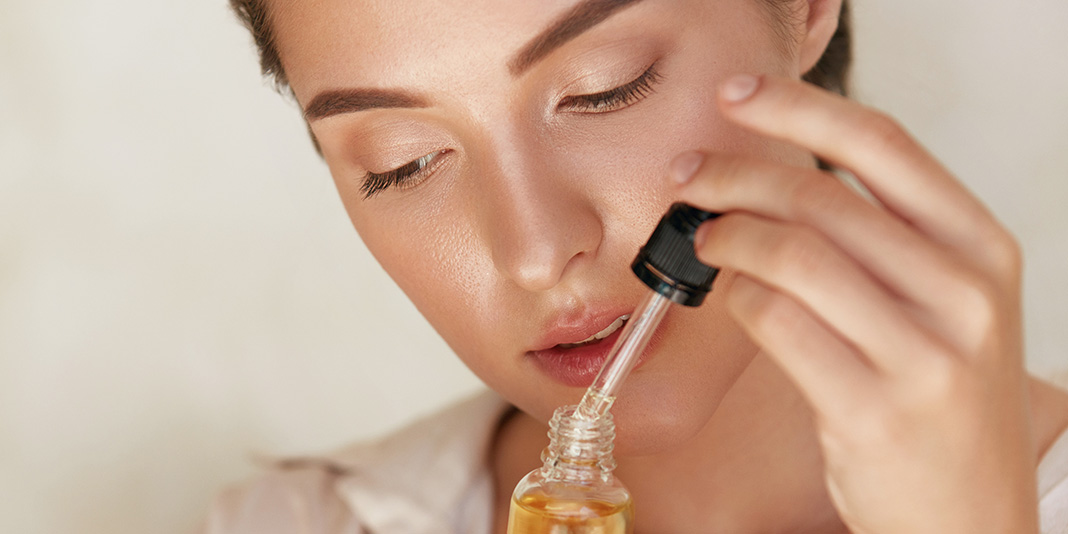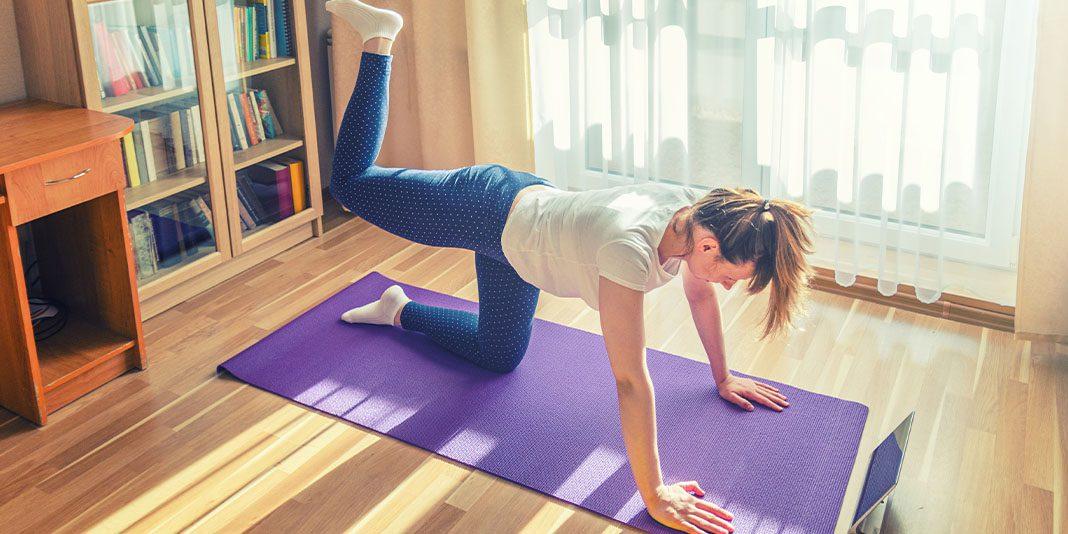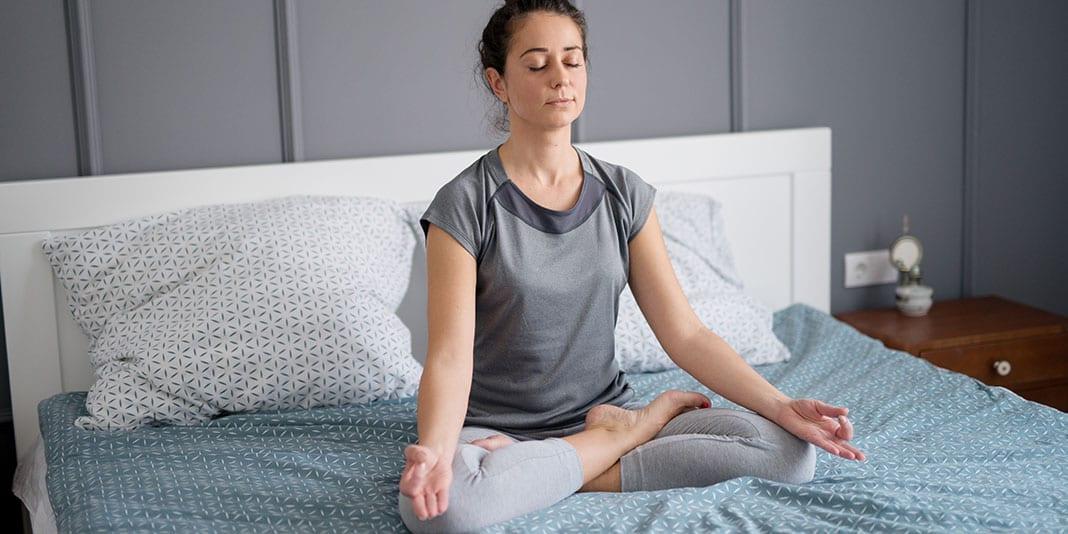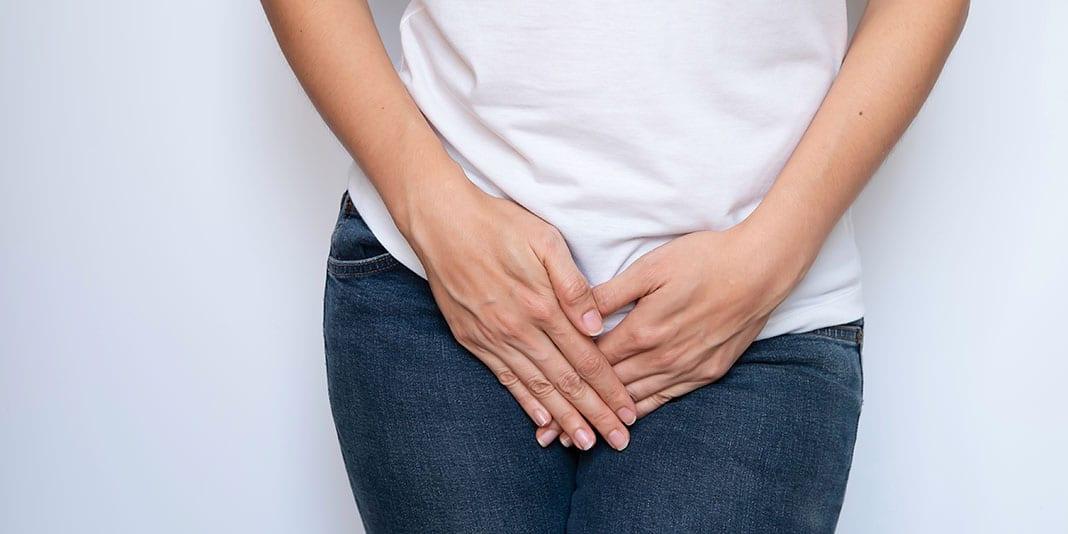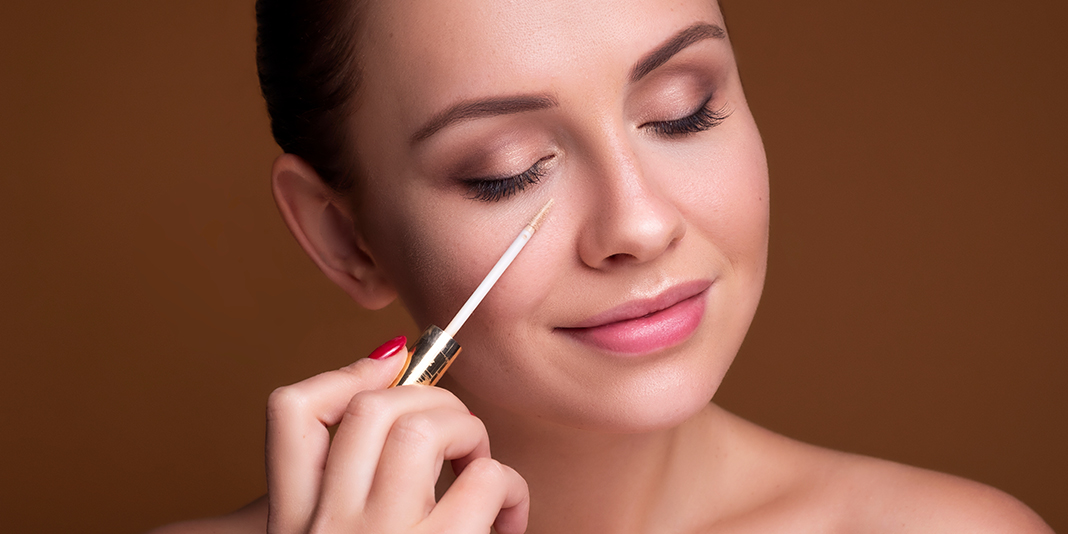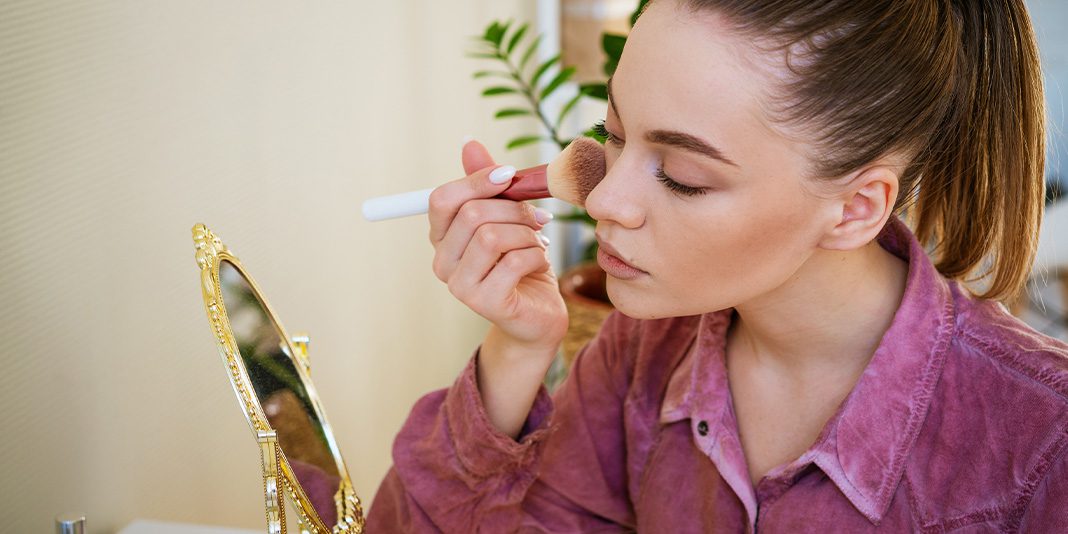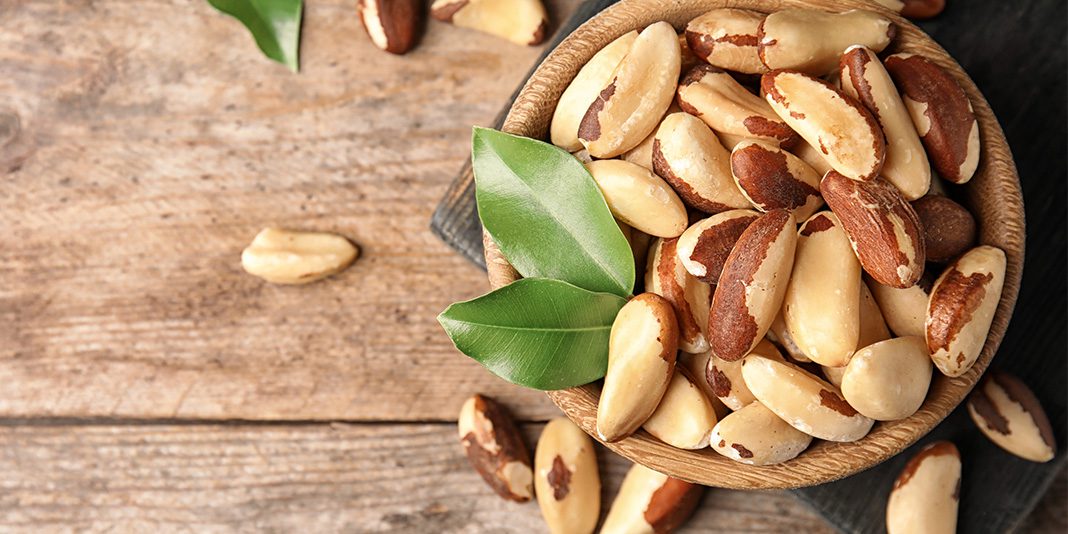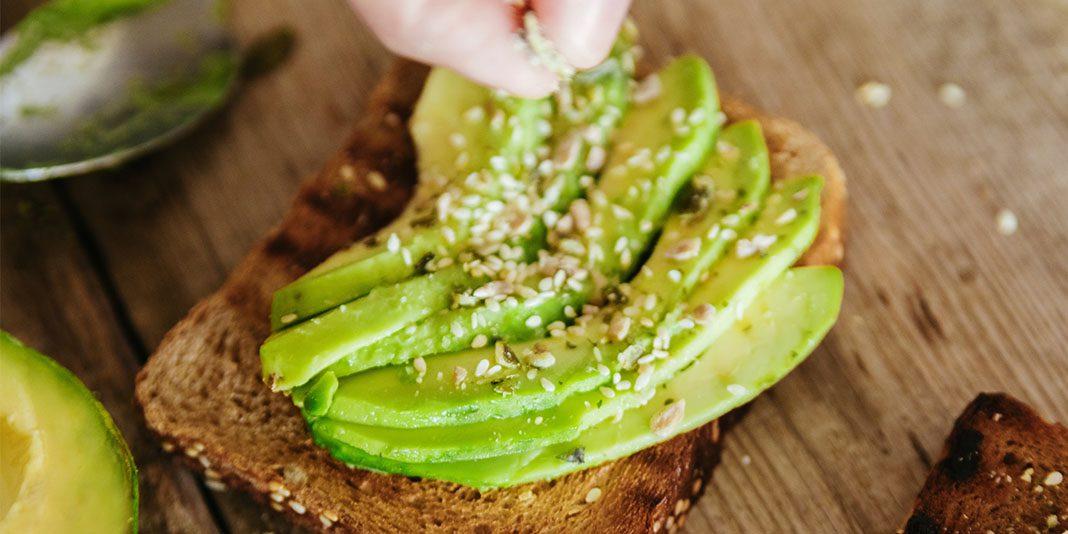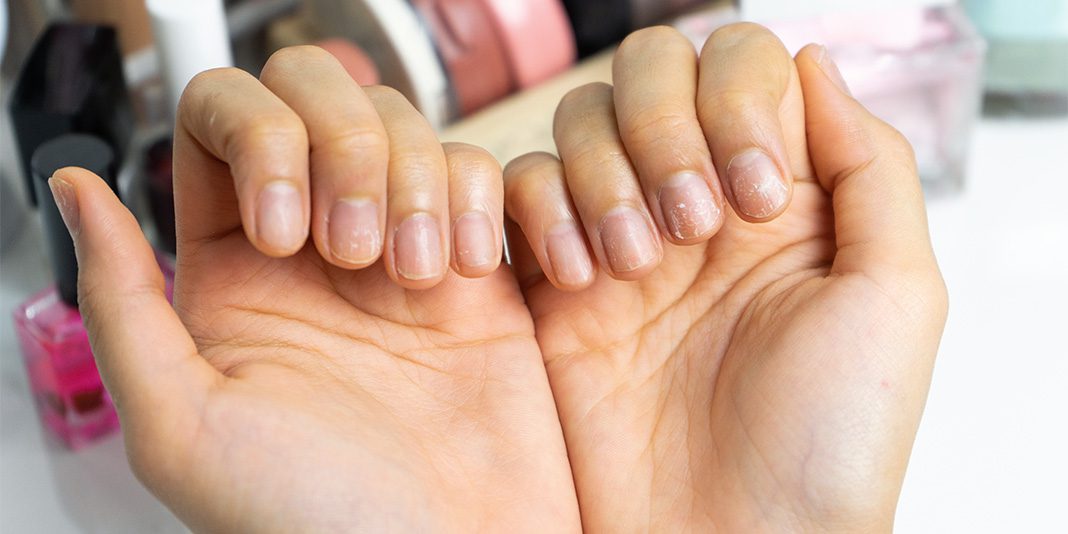Soreness after a workout can make you feel like you just had a quality sweat session. But soreness isn’t always an indication of how ripped you’re going to be after. Oftentimes, we get sore when we used muscles we wern’t used to using, and even if you’re in shape, trying a new class or workout regimen your body isn’t used to can leave you pretty achey a few days later.
“Soreness is [caused by] little tiny tears on the muscles,” explained Patrick Walsh, physical therapist and owner and clinical director of Shift Integrative Medicine in New York City. Experts used to think that muscle soreness signaled a buildup of lactic acid in the joints, “but then they figured out that when you do an activity you haven’t in a long time, your muscles just get little tiny rips,” which is what’s causing the pain you feel after an extraordinarily long run or a new bootcamp class.
The best way to get rid of muscle soreness, Walsh emphasized, is to prevent it from happening in the first place. “Always do some sort of warm-up,” he said. “In physical therapy or personal training, they call it movement prep, or pre-hab.” Instead of stretching — which can actually hinder your performance if you do static stretches pre-workout — prepare yourself mentally and physically for exercise. Go through movements similar to what you’ll be doing to get the right muscles firing properly. For example, if you’re about to play basketball, move laterally to get your legs and butt warmed up to the movement.
Whether you’re getting back into a workout routine after some time off, or you’re trying new exercises that leave you feeling sore, try these methods to soothe soreness and minimize your time on the bench.
Foam Rolling:
“I use this wherever I’m tight before a workout,” said Walsh. Foam rolling on any tight muscle helps to release tight trigger points, which can cause other muscles to go berserk and shut down. Use this on any tight spots before exercising to avoid injury, and afterward on the same muscles to massage and relieve tension.
Epsom Salt:
When you can foresee soreness in your future, soothe it before it gets bad by taking an Epsom salt bath. “The magnesium gets into your muscles, decreases inflammation and helps you absorb nutrients,” Walsh explained. Epsom salts also help flush our toxins like carbon dioxide in the body, further relieving inflammation and soreness. These Epsom salts from Dr. Teal’s come in relaxing scents like mint and lavendar, so you can really kick back and release all the tension in your entire body.
Arnica Oil:
Walsh calls this natural pain remedy “a little bit of a miracle.” The oil contains a natural anti-inflammatory compound called helenalin, and has been used for centuries in teas, ointments and ingestibles to treat skin bruises and muscle pains. Use arnica proactively, after a tough or new workout, to prevent soreness from setting in. We love this Arnicare Gel for alleviating any muscle soreness.
NSAID Pain Reliever:
Pain meds work best if you take them before the aching becomes too intense. “Once you already have inflammation, the brain is already sensitive to the pain and it’s harder to get rid of,” Walsh noted. Take a pain reliever that’s a nonsteroidal anti-inflammatory medicine (NSAID) — Aleeve, Advil or Naproxin — and not aspirin.
Ice:
Ice is an anesthetic, so icing a sore spot will temporarily relieve pain. Inflammation is caused by increased blood flow to the area because your body is putting extra effort toward healing it. “Putting on cold slows the blood flow and inflammation,” said Walsh.
Compression:
Inflammation causes swelling. And even if you can’t see it, it’s safe to assume that anything sore is inflamed. Compression can help, as it keeps excess fluid away from the sore muscle and reduces swelling. Simply putting some pressure on a sore spot can decrease the internal pressure and relieve you of some pain. These nifty resuable Arctic Ease Instant Cold Wraps provide a simple way to ice and apply compression — just wrap around the sore muscle, and let it do its thing.
Related Articles:
7 Stretches You Should Do After Every Workout
Could Working Out Again Help Relieve Soreness?


